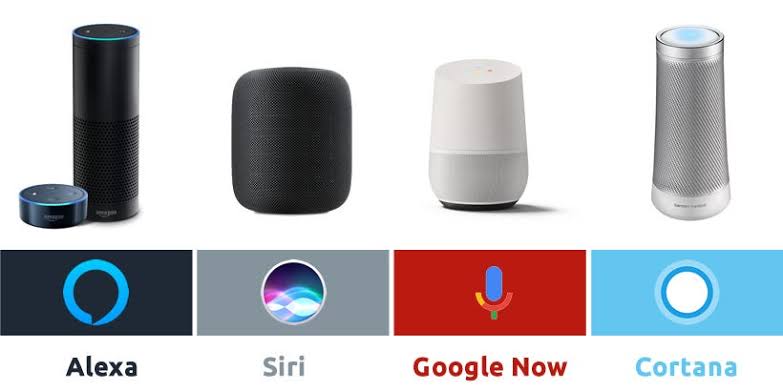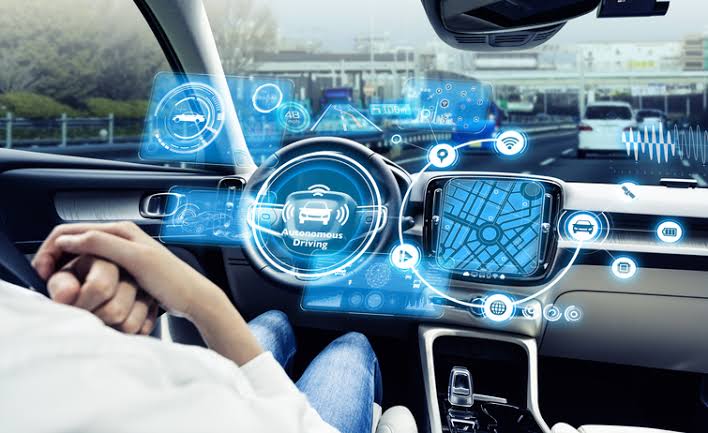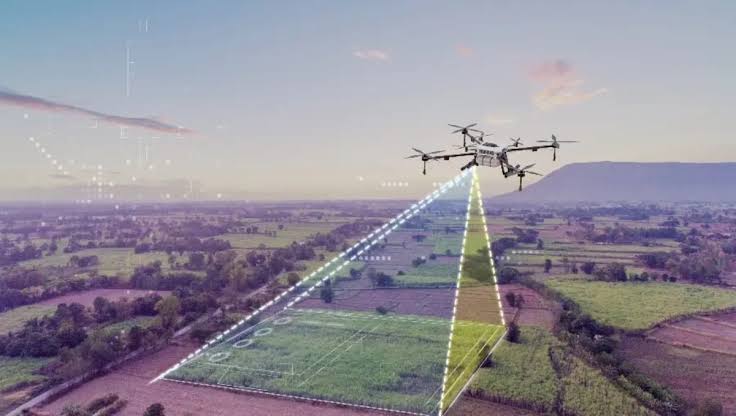Over the last decade, smart speakers and voice assistants have undergone a rapid evolution, transforming from simple, novelty gadgets into essential components of modern digital lifestyles. As of July 2025, these devices are no longer confined to homes—they now play pivotal roles in workplaces, vehicles, hospitals, and even public infrastructure. What started with Amazon’s Alexa, Apple’s Siri, Google Assistant, and Microsoft’s Cortana has now expanded into a competitive and highly integrated ecosystem of intelligent, conversational interfaces. This evolution is being driven by advancements in natural language processing (NLP), machine learning, edge computing, and cloud-based AI.
The global market for voice-activated technology is valued at over $60 billion in mid-2025, reflecting not only consumer demand but also enterprise-level adoption. With increased personalization, multilingual support, and better contextual understanding, today’s smart speakers do more than respond—they anticipate, suggest, and interact intuitively.
The Early Days: From Voice Commands to Home Control
In the beginning, smart speakers served limited functions. Around 2014, the launch of the Amazon Echo introduced Alexa to the world, which could perform basic tasks like playing music, telling the weather, and setting alarms. Google soon followed with Google Home, while Apple introduced HomePod with Siri. These devices relied heavily on cloud computing to process voice inputs, which occasionally led to latency and privacy concerns.
Initially, adoption was driven by curiosity and convenience. However, by 2020, these devices had integrated more deeply into home ecosystems. Users began controlling smart lights, thermostats, and locks with their voices. The ability to automate routines using simple phrases like “Good night” or “Start my morning” turned smart speakers into digital home assistants rather than just voice-controlled radios.
Advancements in Natural Language Processing
One of the most significant factors in the evolution of voice assistants has been the advancement in natural language processing. By 2025, NLP models have become highly sophisticated, capable of understanding regional dialects, slang, and context with impressive accuracy. The shift from rule-based AI to deep learning and transformer-based models (like OpenAI’s GPT family or Google’s PaLM models) has enabled assistants to have more natural, human-like conversations.
Voice assistants now understand intent, emotion, and even sarcasm to an extent. This evolution has made interactions smoother and more personal. Rather than issuing robotic commands, users can now speak as they normally would, and the assistant responds appropriately. This shift is particularly beneficial in educational tools, mental health apps, and elder care, where human-like interaction is critical.
Integration with Smart Ecosystems
Smart speakers in 2025 are deeply woven into broader smart ecosystems. A single voice command can control multiple devices across different manufacturers, thanks to universal connectivity standards like Matter, introduced by the Connectivity Standards Alliance. Whether you’re using Amazon, Apple, Google, or Samsung products, interoperability has improved drastically.
Users can now use smart assistants to control their homes, cars, and even wearable devices. For instance, you can ask your smart speaker to warm up your electric car, preheat the oven, or start a video meeting—all in a single voice prompt. In corporate settings, voice assistants manage schedules, dictate meeting notes, and provide real-time analytics during presentations.
Personalized and Predictive Assistance
Smart assistants have moved beyond reactive responses. In 2025, they offer proactive suggestions based on user behavior, calendar patterns, and location. If you have a morning routine that includes checking traffic and weather, your assistant will now offer those updates without prompting. If it notices you haven’t taken a walk as usual, it might suggest a break and offer a motivational quote or playlist.
The level of personalization is also growing. Assistants recognize individual voices in households and tailor responses accordingly. Children get age-appropriate answers and educational content, while adults receive reminders based on their work or personal interests. In multilingual households, these devices can now seamlessly switch between languages depending on who is speaking.
Voice Commerce and Security Concerns
As voice commerce—also known as v-commerce—gains popularity, consumers are making purchases, booking services, and conducting financial transactions through smart speakers. Retailers are optimizing their platforms to be voice-search-friendly, with personalized recommendations based on past interactions and preferences.
However, this growth brings new security concerns. Voice authentication has become more sophisticated, with biometric voice recognition helping to prevent unauthorized access. Still, privacy remains a major issue. Many consumers worry about constant listening, data sharing with third parties, and potential breaches. In response, manufacturers now offer transparency dashboards, local-only processing options, and mute functions to address these fears.
Accessibility and Inclusivity
One of the most transformative impacts of smart speakers and voice assistants is their role in accessibility. For individuals with visual impairments, mobility limitations, or learning disabilities, voice interfaces provide an alternative means of navigating the digital world. In 2025, developers are placing greater emphasis on inclusivity, with AI that can recognize speech from users with non-standard speech patterns, including stutters or motor disorders.
Additionally, voice technology is being integrated into classrooms and healthcare facilities to assist individuals with special needs. These devices can read aloud, take notes, translate in real time, or even provide companionship to the elderly, significantly improving quality of life.
The Future Outlook: Ambient AI and Beyond
Looking forward, the next frontier for voice assistants is Ambient AI—where AI quietly and seamlessly integrates into the environment, reacting to needs before users even articulate them. Devices will communicate with one another autonomously, sharing contextual data to anticipate actions. For instance, your smart home may detect your arrival, adjust lighting based on your mood from recent conversations, and start a meal suggestion based on your dietary preferences.
We can also expect smarter emotional intelligence, where assistants respond to vocal tone and facial expressions to offer appropriate assistance or intervention. Companies are also exploring holographic voice interfaces, wearable assistants, and integration with brain-computer interfaces (BCIs), where voice commands may eventually be replaced with thought-to-action technologies.
Conclusion
The journey of smart speakers and voice assistants from basic voice-controlled gadgets to intelligent, context-aware digital companions illustrates the vast potential of AI-driven interfaces. As of July 2025, these technologies are deeply embedded in our personal and professional lives, reshaping how we interact with devices, access information, and manage daily routines.
Yet, with this growing influence comes the responsibility to ensure ethical use, protect privacy, and promote inclusivity. As the technology matures, the focus must shift not only to innovation but also to trust, user empowerment, and regulatory balance. The evolution of smart speakers and voice assistants is far from over—it’s entering its most intelligent and human-centric phase yet.



